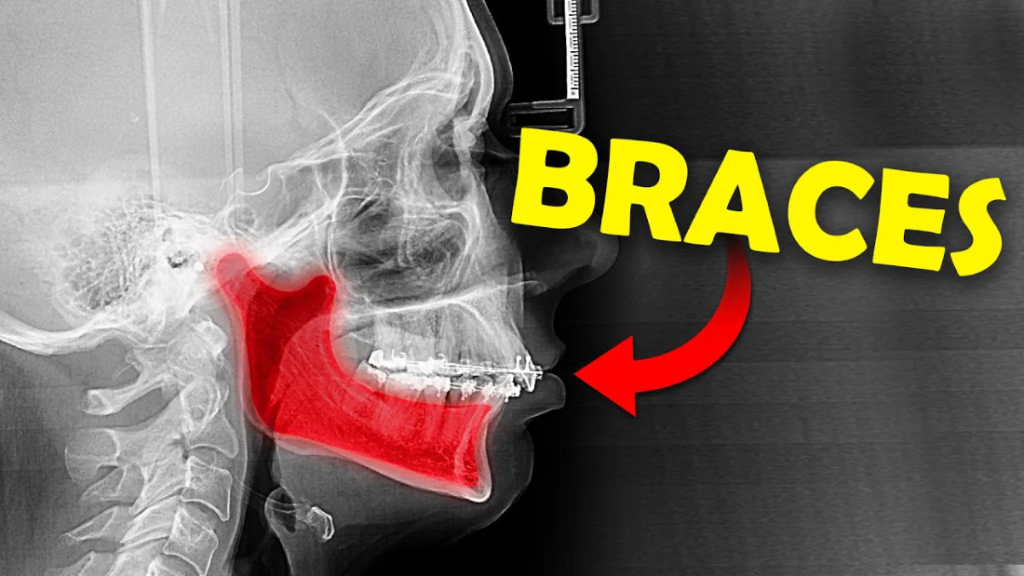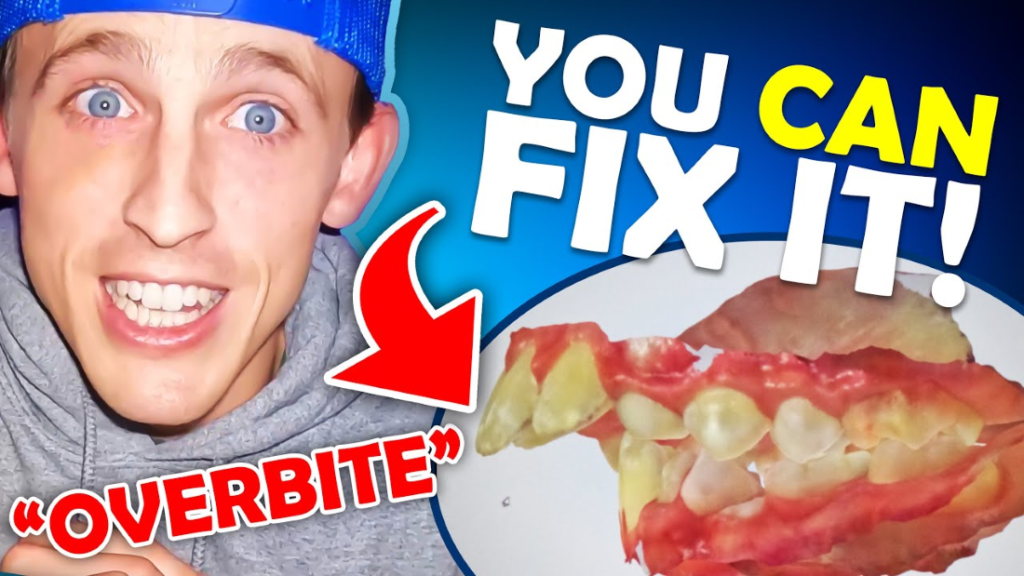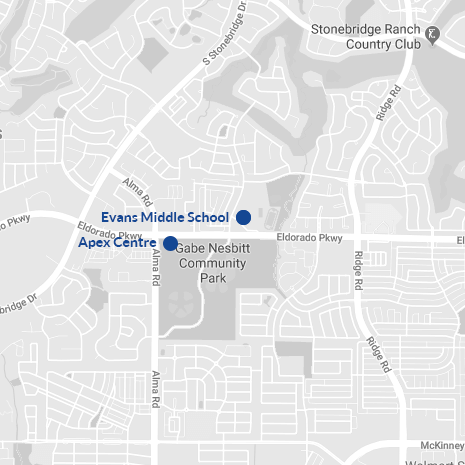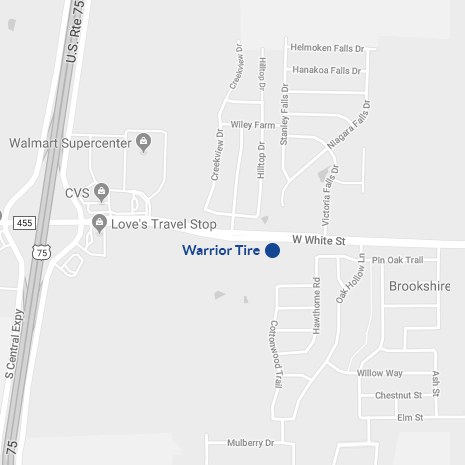Retainers 101 – Your Guide from Packard Family Orthodontics in McKinney and Anna, Texas
January 31st, 2024
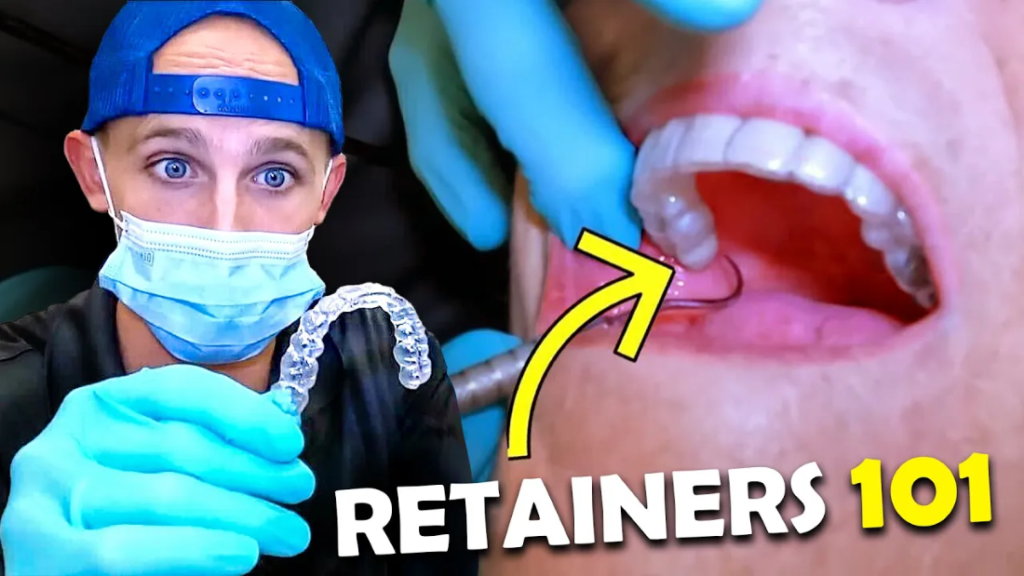
Welcome to Packard Family Orthodontics in McKinney and Anna, Texas! We're committed to helping you achieve a beautiful, healthy smile that lasts a lifetime. As part of your orthodontic treatment, you may be required to wear a retainer. In this comprehensive guide, we'll walk you through the ins and outs of retainers to ensure your smile remains stunning.
What is a Retainer?
Before we dive into the do's and don'ts, let's start with the basics. A retainer is a custom-made orthodontic appliance designed to maintain the position of your teeth after braces or other orthodontic treatment. It helps prevent your teeth from shifting back to their original alignment, ensuring your investment in a straight smile is preserved.
Taking Off Your Retainer
- Handle with Care: The first rule of taking off your retainer is to handle it gently. Use both hands to avoid applying undue pressure to any part of it.
- Start at the Back: If your retainer has an archwire, start by loosening it from the back teeth using your fingertips. Work your way forward to avoid damaging the retainer or your teeth.
- Use a Mirror: Always use a mirror when taking off your retainer to ensure you can see what you're doing. This minimizes the risk of accidentally bending or breaking it.
Do's and Don'ts of Retainer Care
Do's:
- Clean Regularly: Clean your retainer daily to prevent the buildup of bacteria and plaque. Use a soft-bristle toothbrush and mild soap or retainer cleaning tablets recommended by your orthodontist.
- Store Safely: When you're not wearing your retainer, store it in its protective case. Avoid leaving it out where it can get damaged or lost.
- Follow Your Orthodontist's Instructions: Your orthodontist will provide specific guidelines for wearing and caring for your retainer. Always follow these instructions to ensure the best results.
Don'ts:
- Don't Expose to Heat: Avoid leaving your retainer in a hot car or near a heat source, as heat can cause it to warp or lose its shape.
- Don't Wrap in Tissue: Never wrap your retainer in a tissue or napkin while eating. This is a common way retainers get accidentally discarded.
- Don't Chew Gum with Retainers: Chewing gum with your retainer in can cause damage and compromise its effectiveness.
Bottom Line:
Retainers are a vital part of orthodontic treatment, and proper care is crucial to maintaining your beautiful smile. At Packard Family Orthodontics in McKinney and Anna, Texas, we are here to guide you every step of the way. For personalized advice and to schedule a consultation with our experienced orthodontists, Book your consultation with Dr. Packard here! We're here to help you achieve the smile you've always dreamed of!


